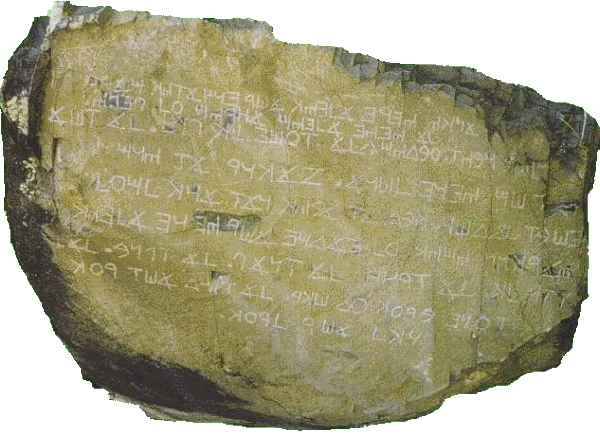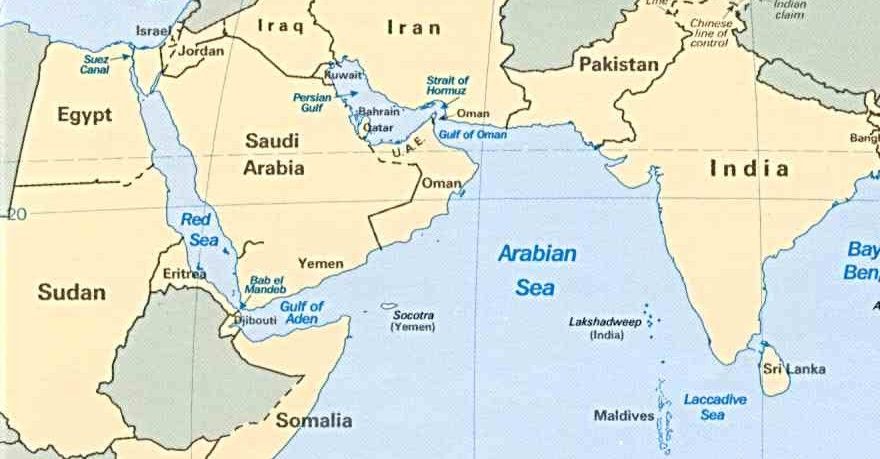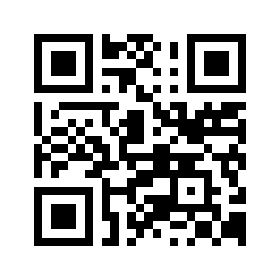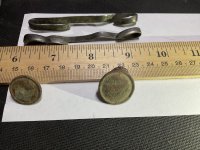Rawhide
Silver Member
- Nov 17, 2010
- 3,590
- 2,185
- Detector(s) used
- Nox 800, Etrac, F75, AT Pro. Last two for sale.
- Primary Interest:
- All Treasure Hunting
I understand the 7 being used only for maps and correspondance. But I have found the number 5 on the edge of a large flat stone. It was only viewable through a hole I poked under a cap stone. Since silver is there, can I say the number 7 could also be used in that manner meaning gold? I also have a large number 2 on a mountain side, and normally ignore numbers on rocks. Any suggestions on how to handle large carvings of ancient script and numbers and letters when by them selves? I know to look for certain marks which would require a climb. I understand a 7 is used at a campsite, usually with a bench carving is how I find them. I also get confused as to tell if Im looking at a v or 7? Only when in a face or rock carving.








